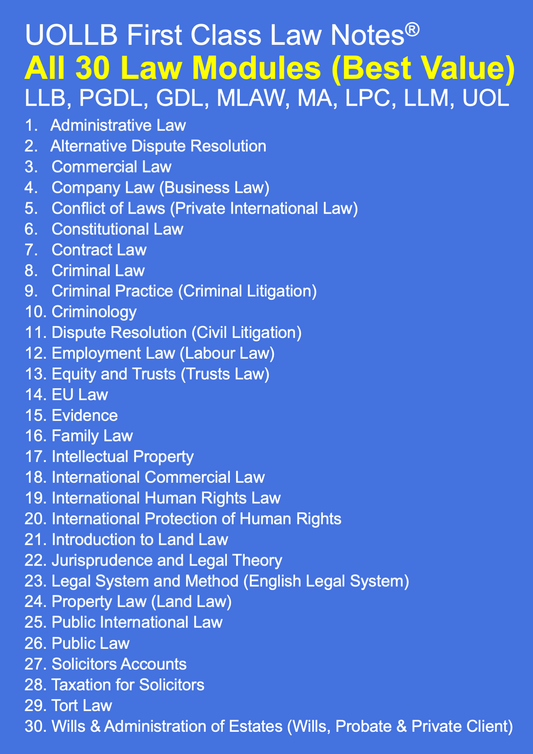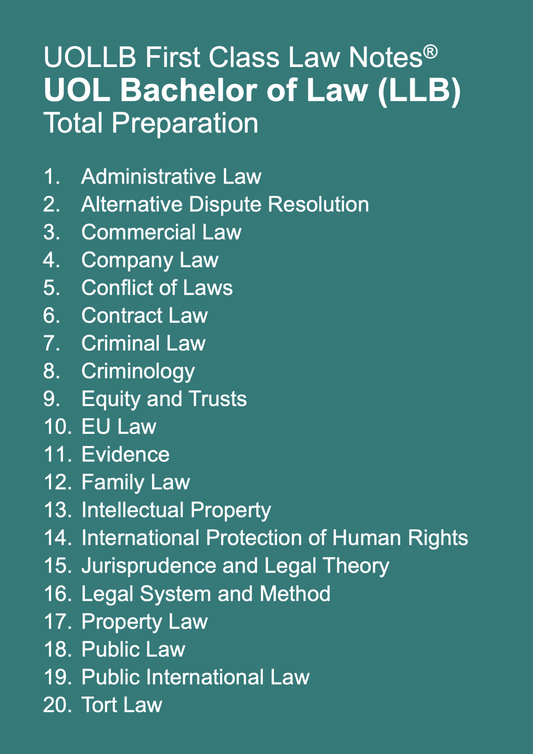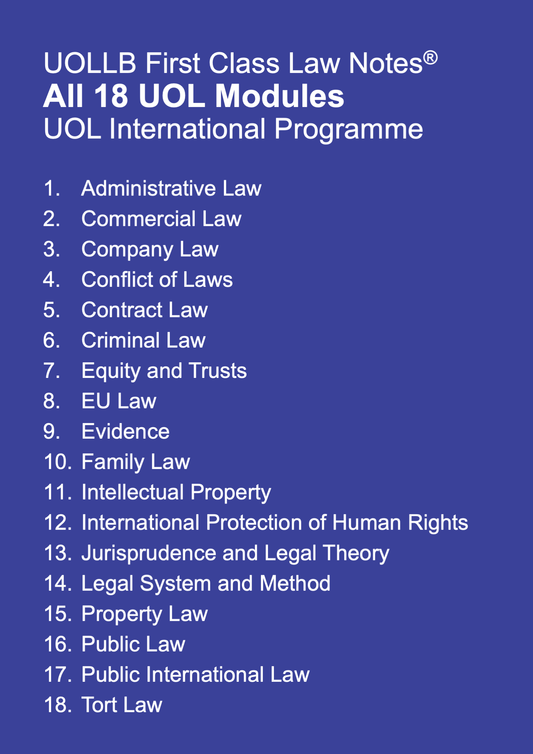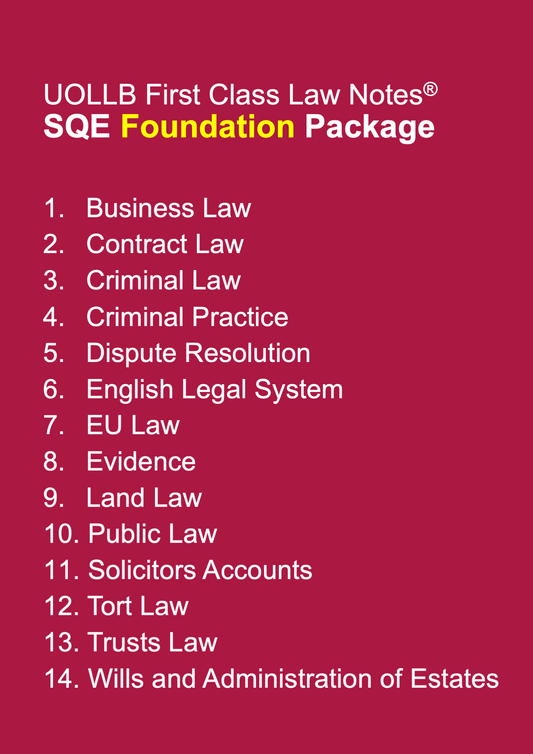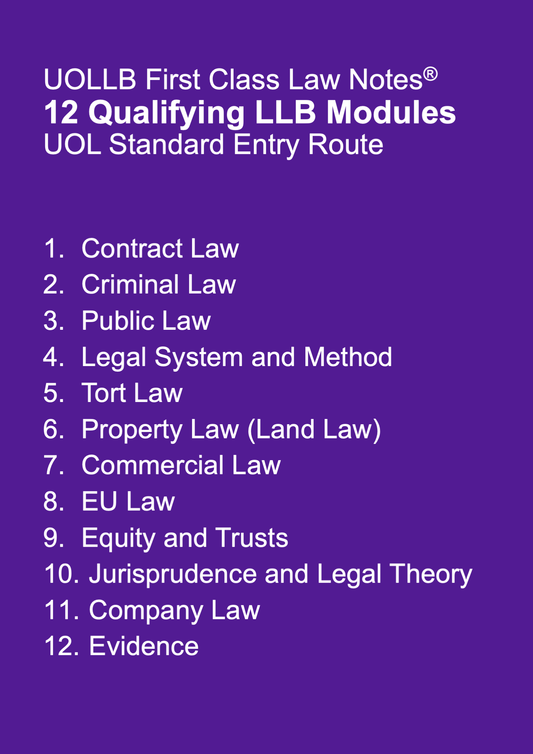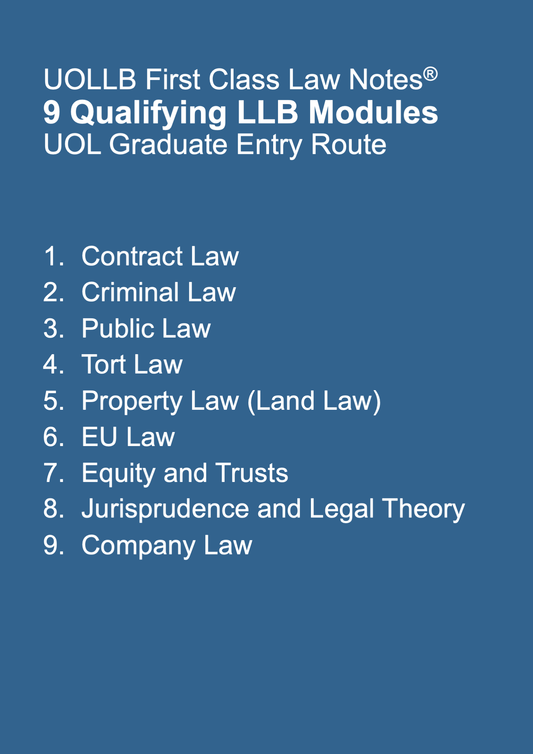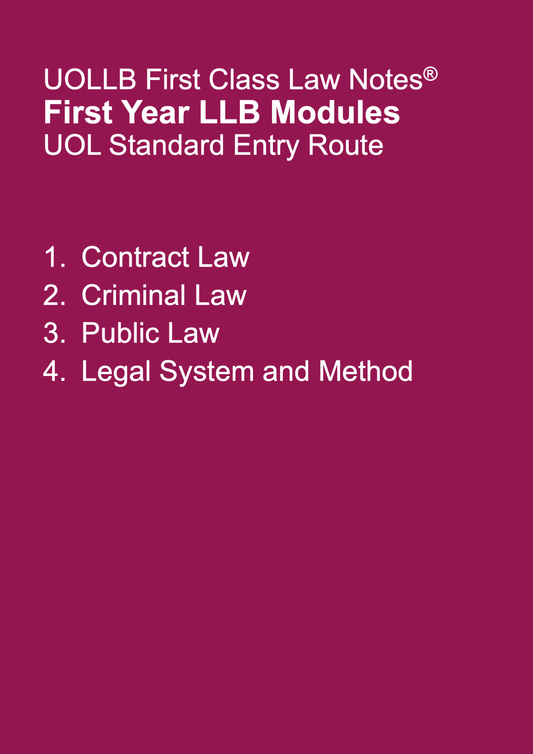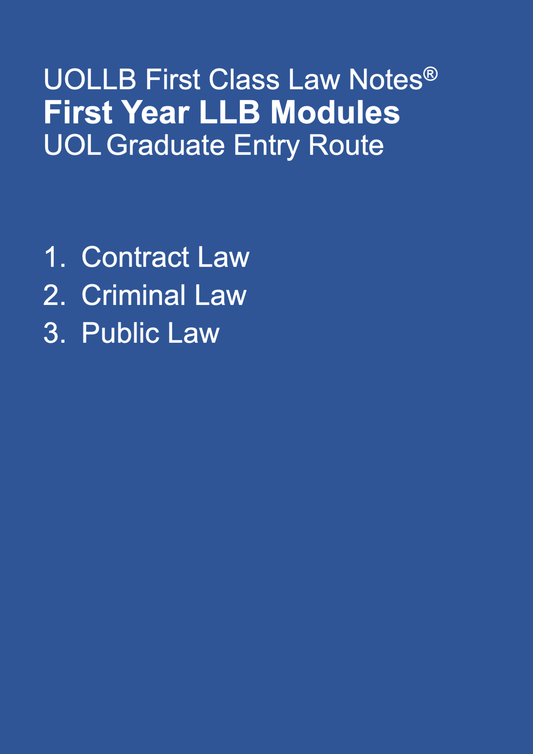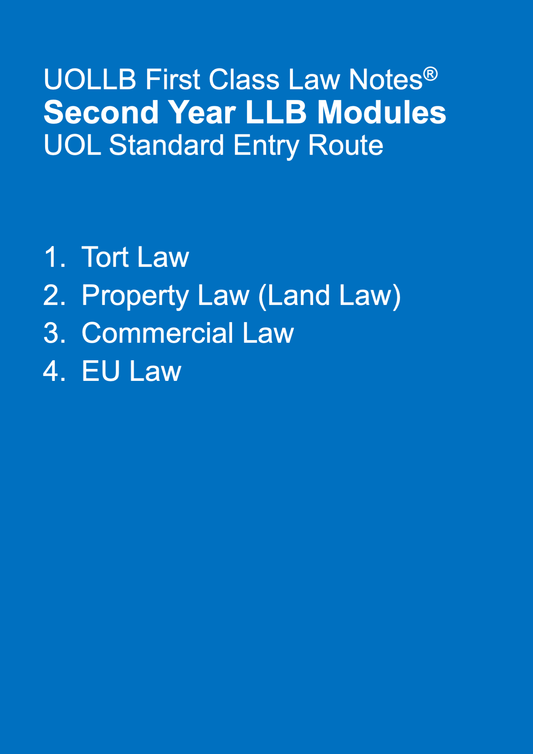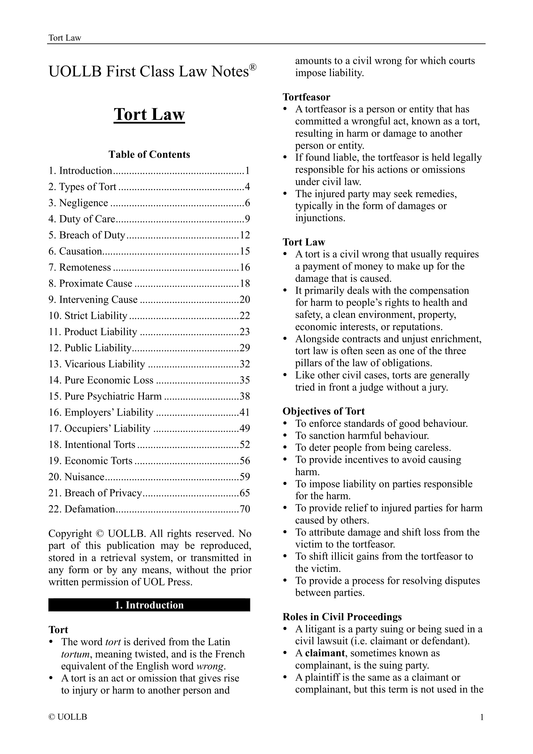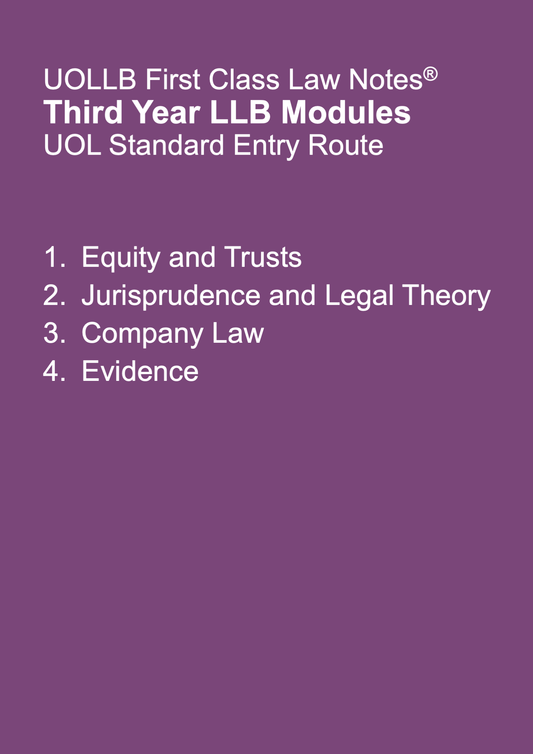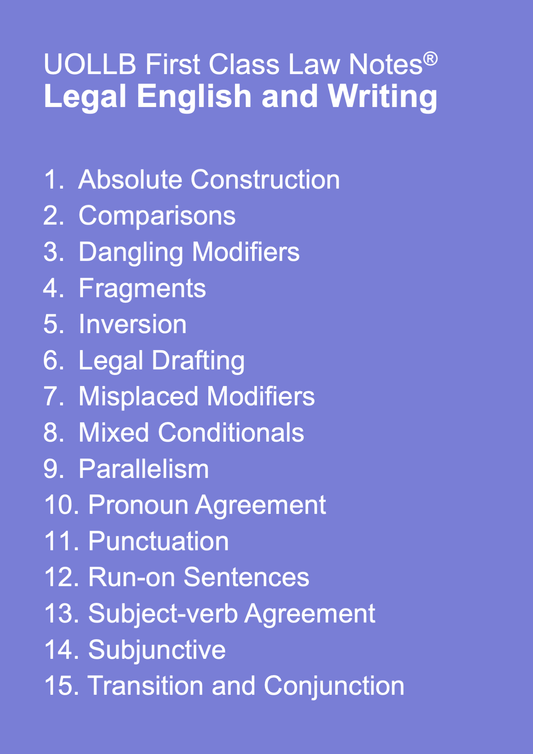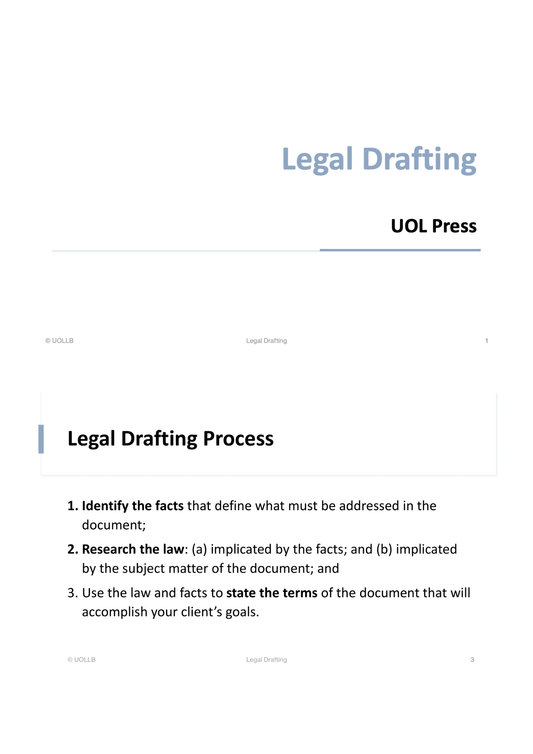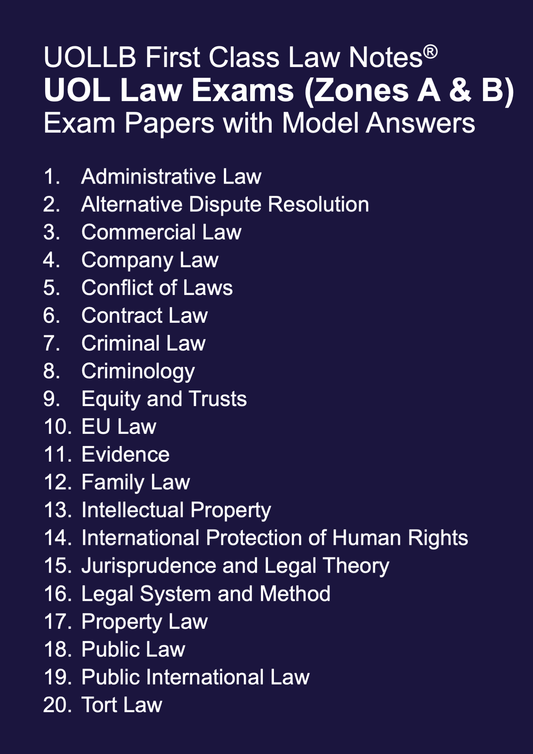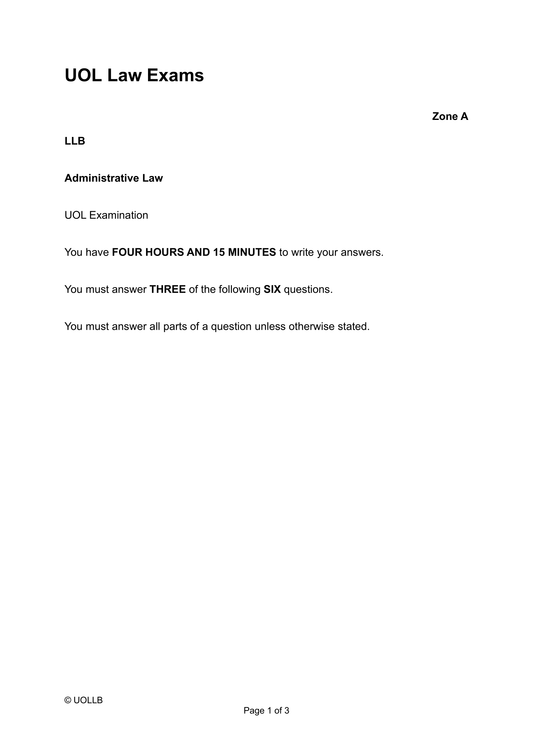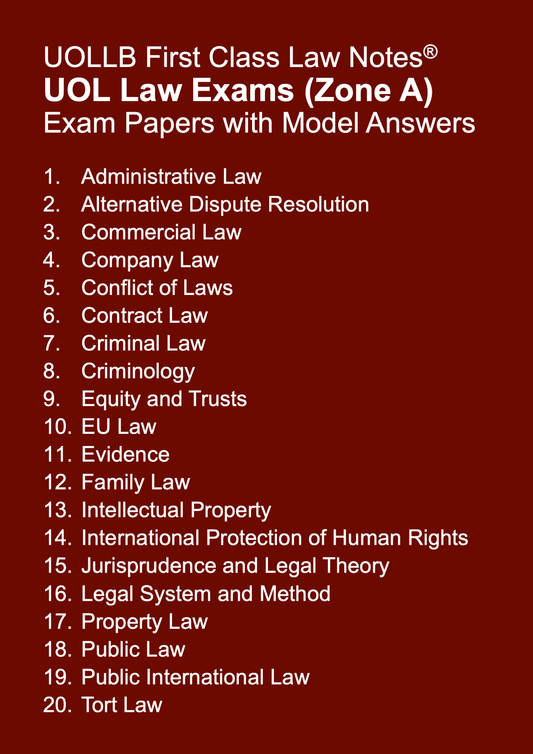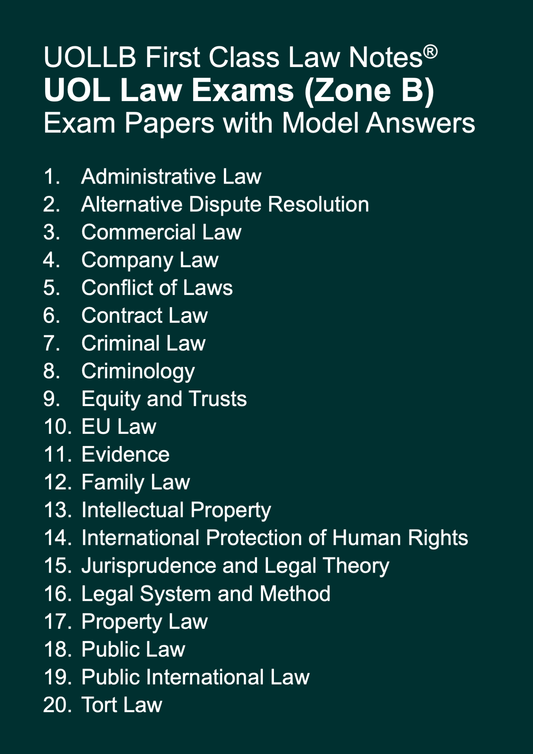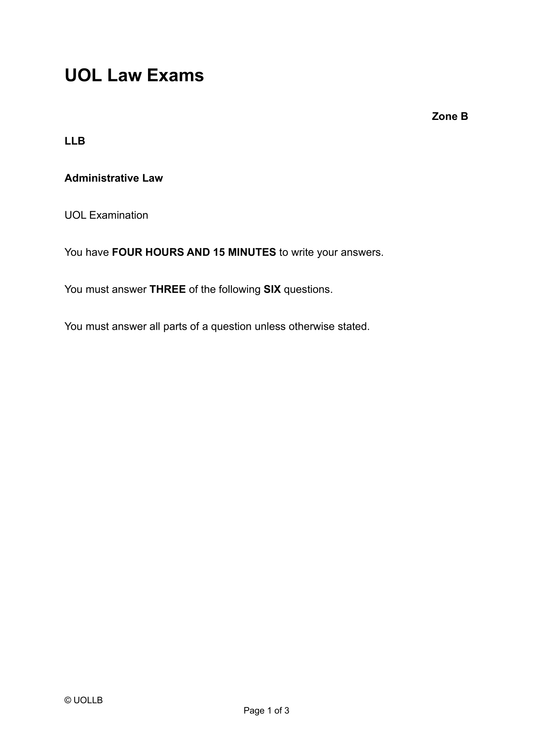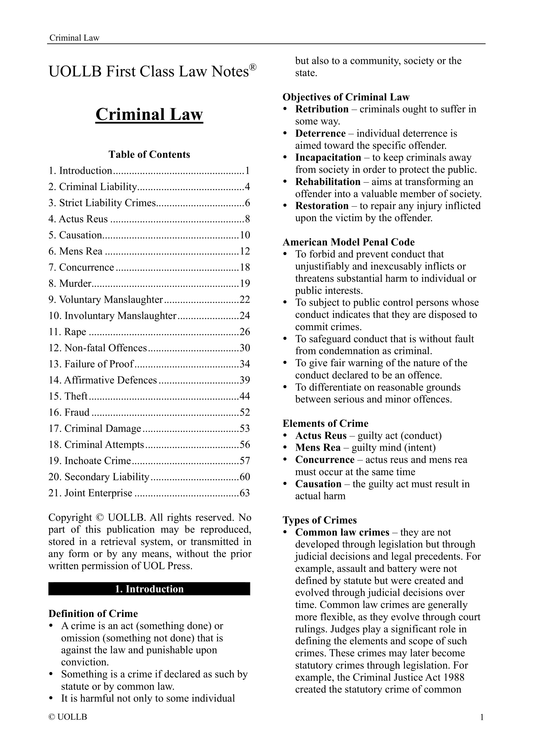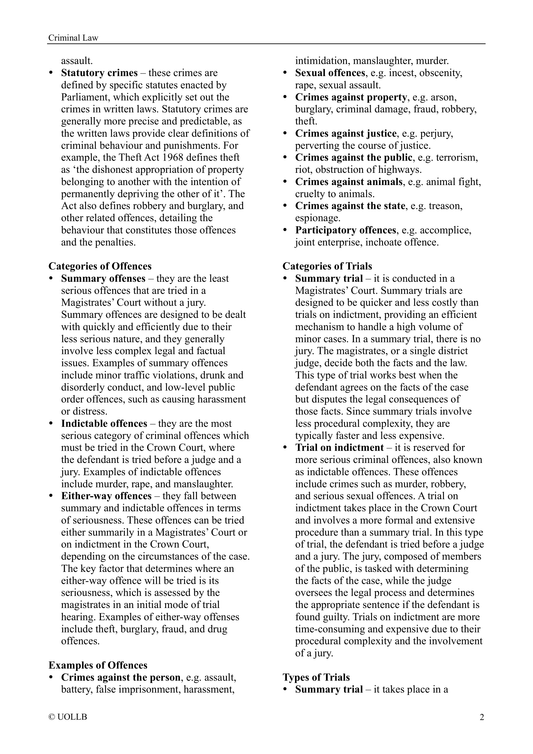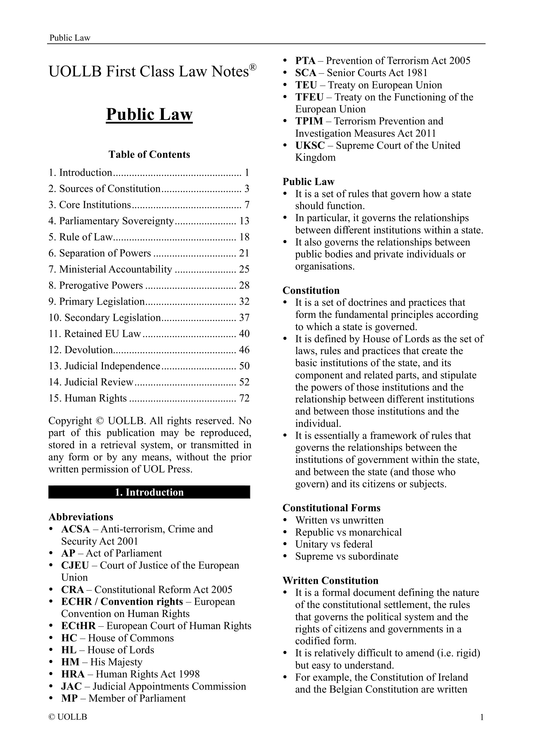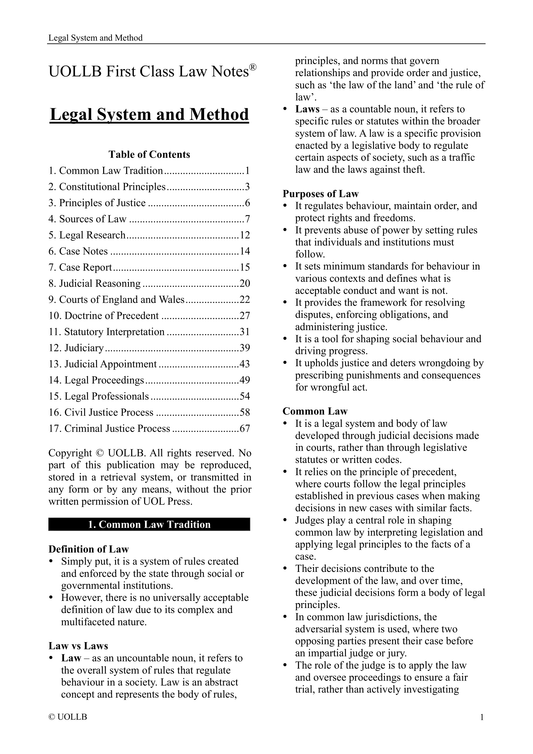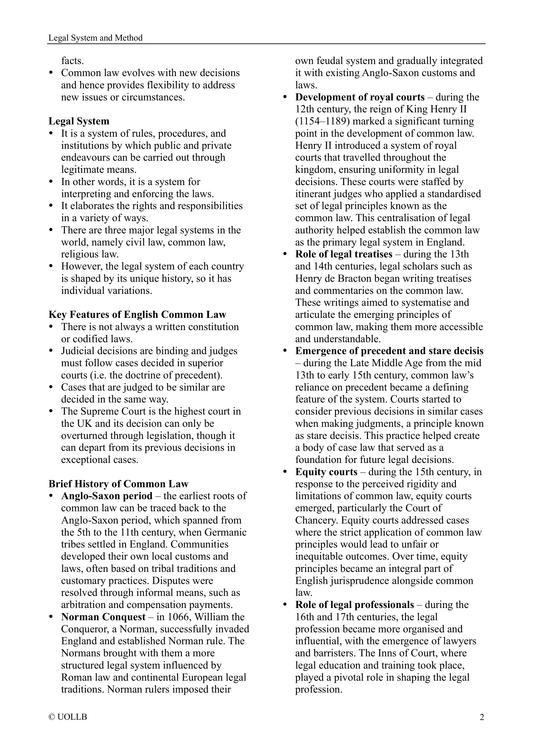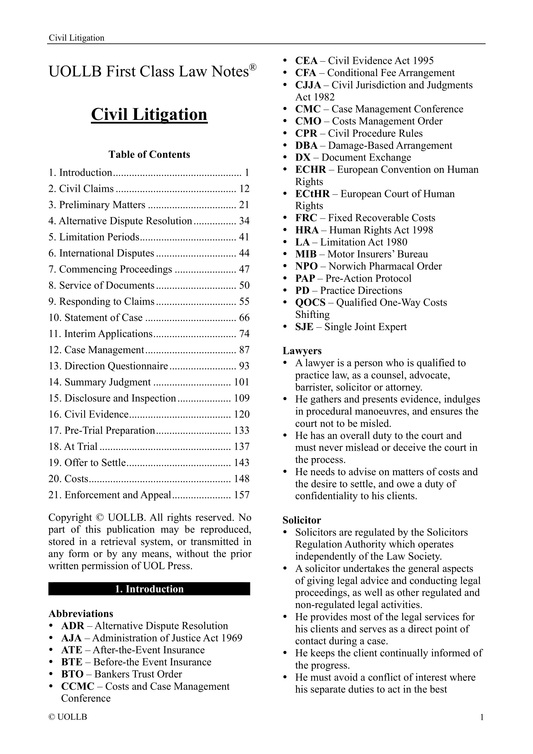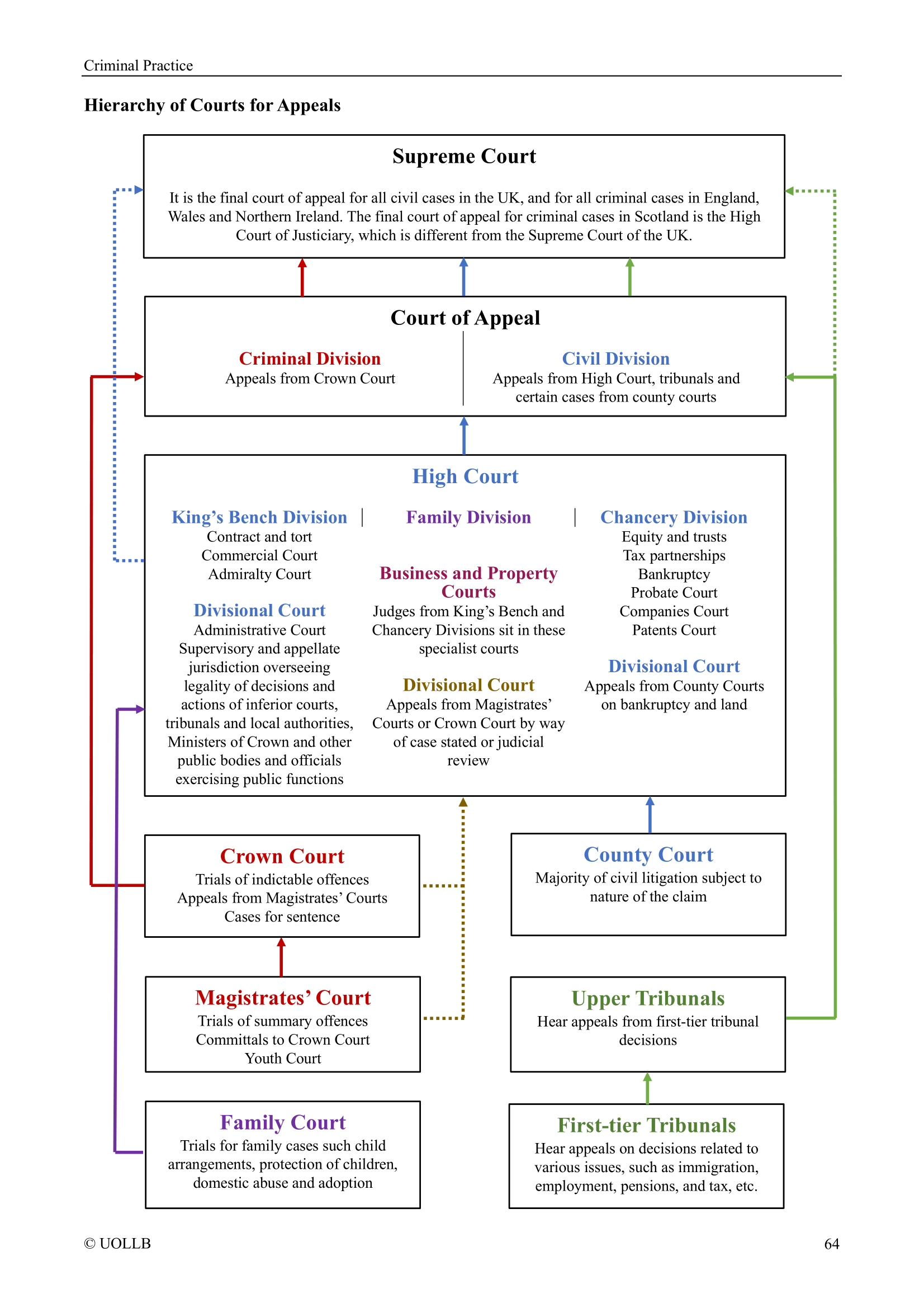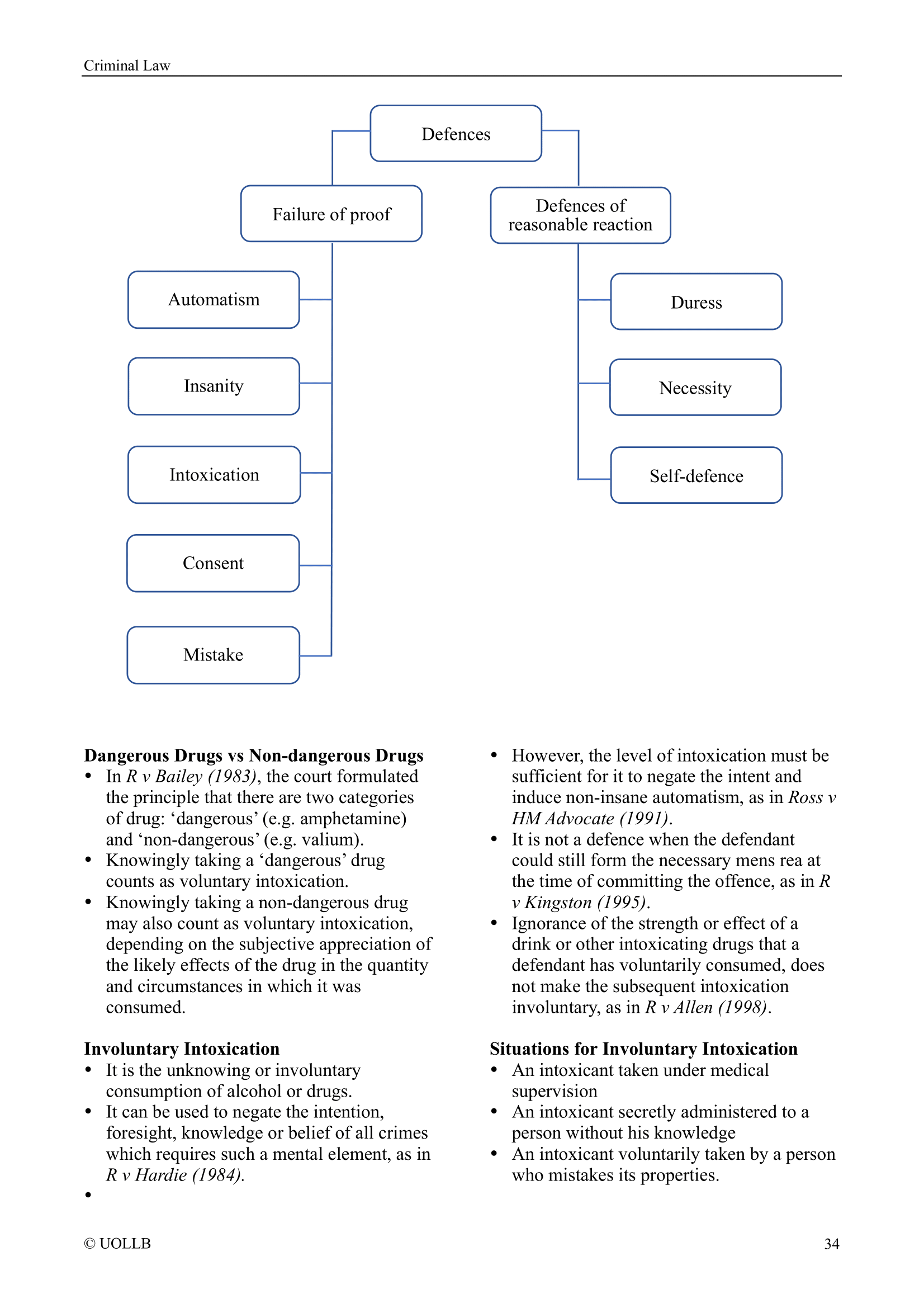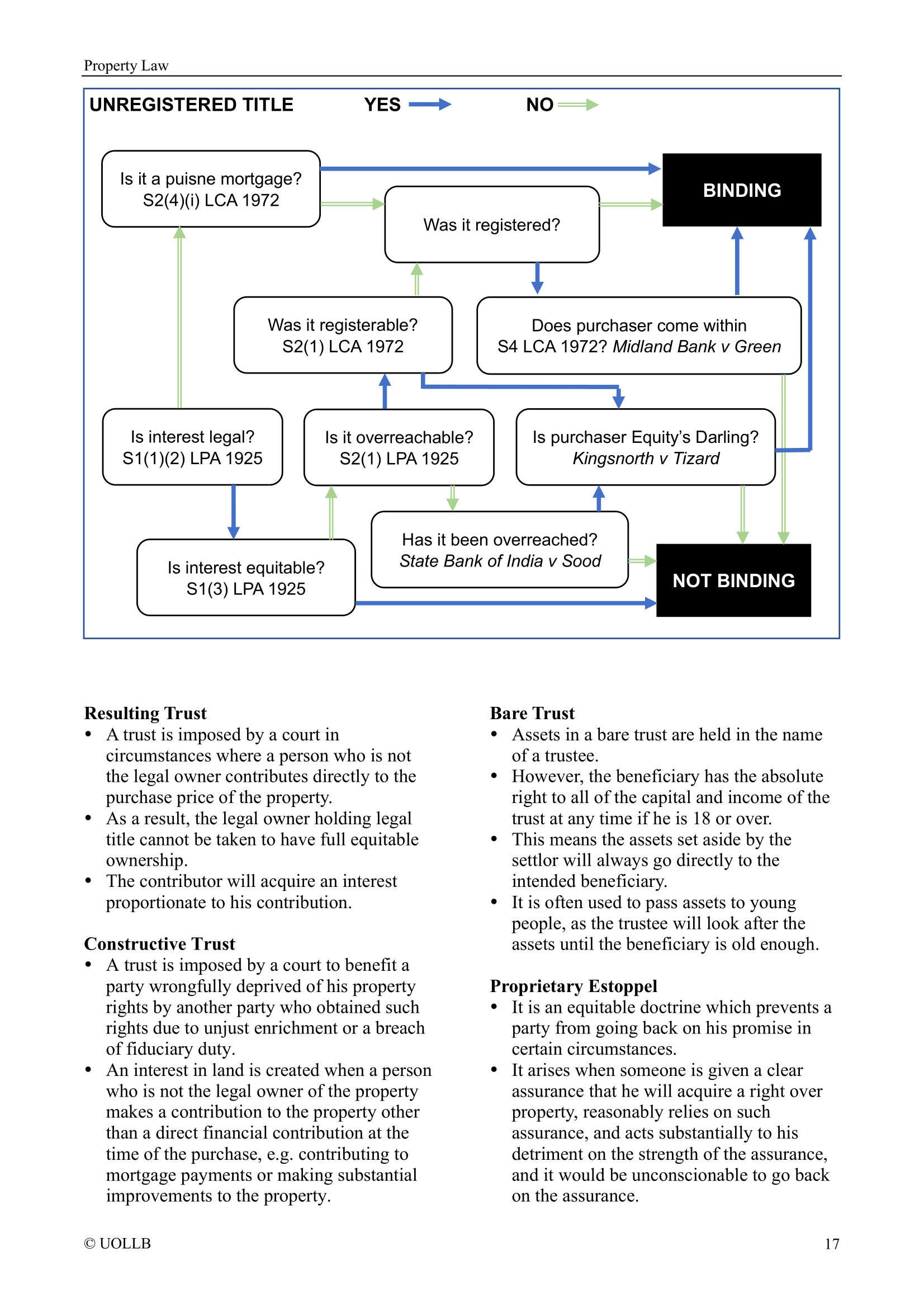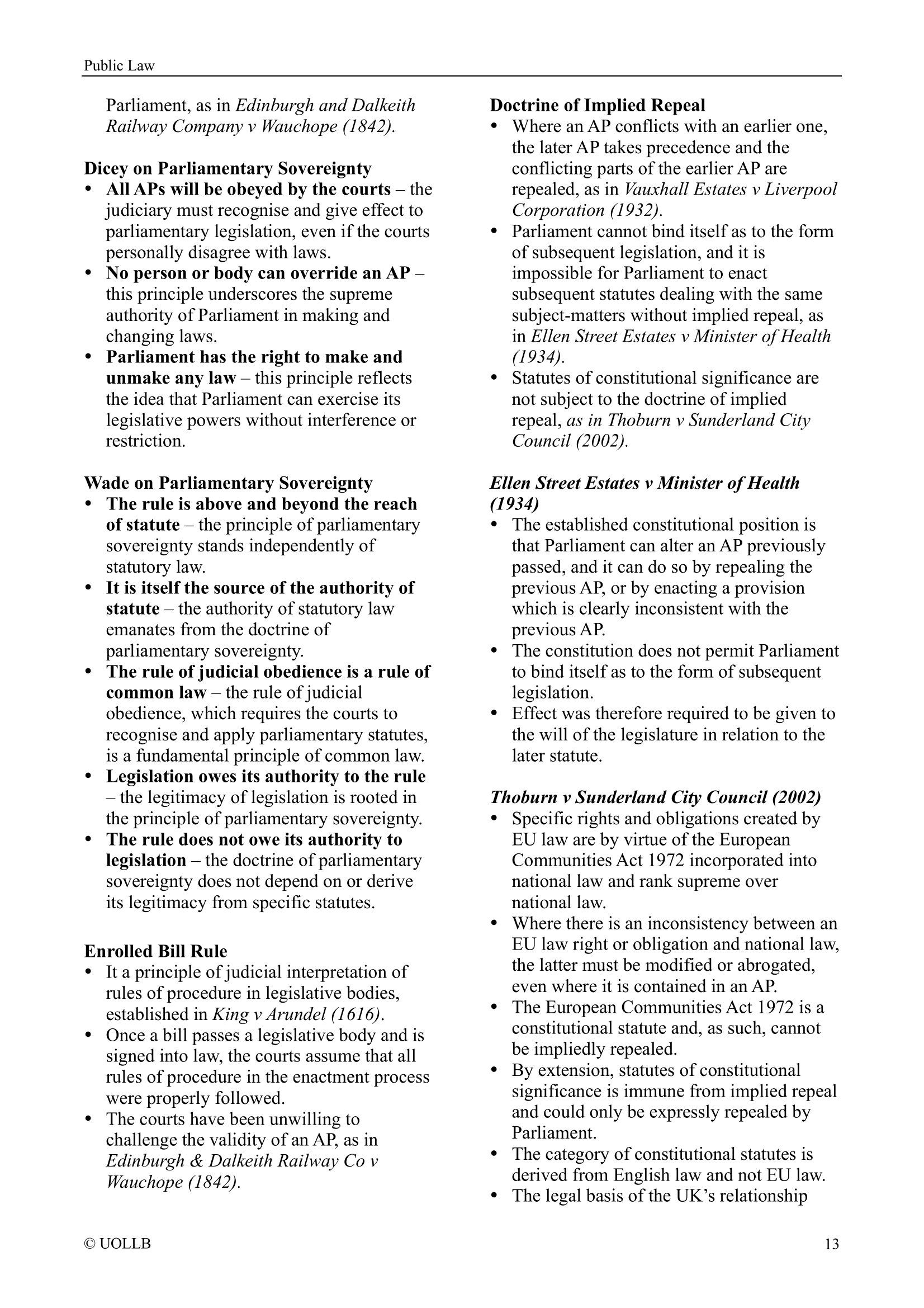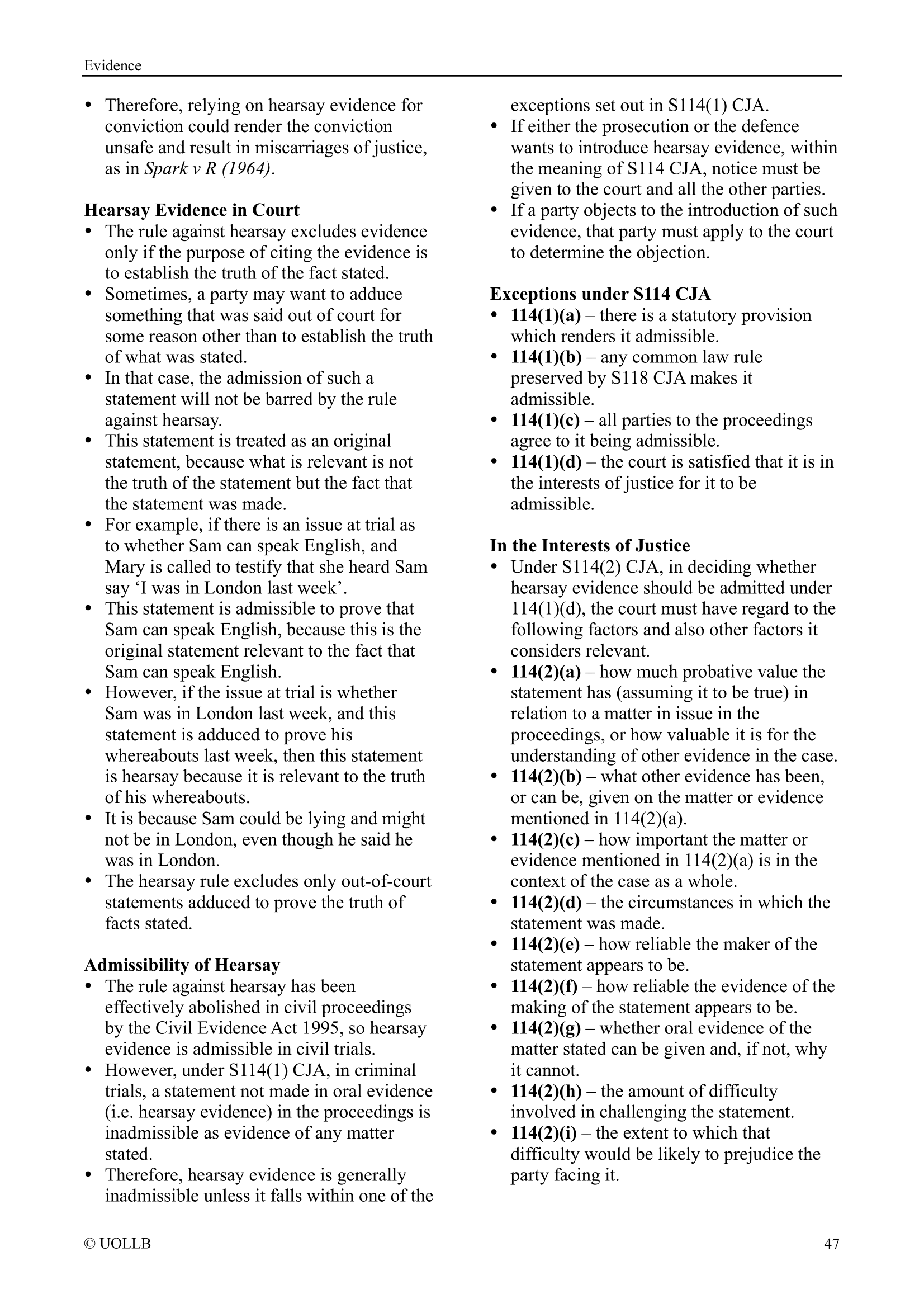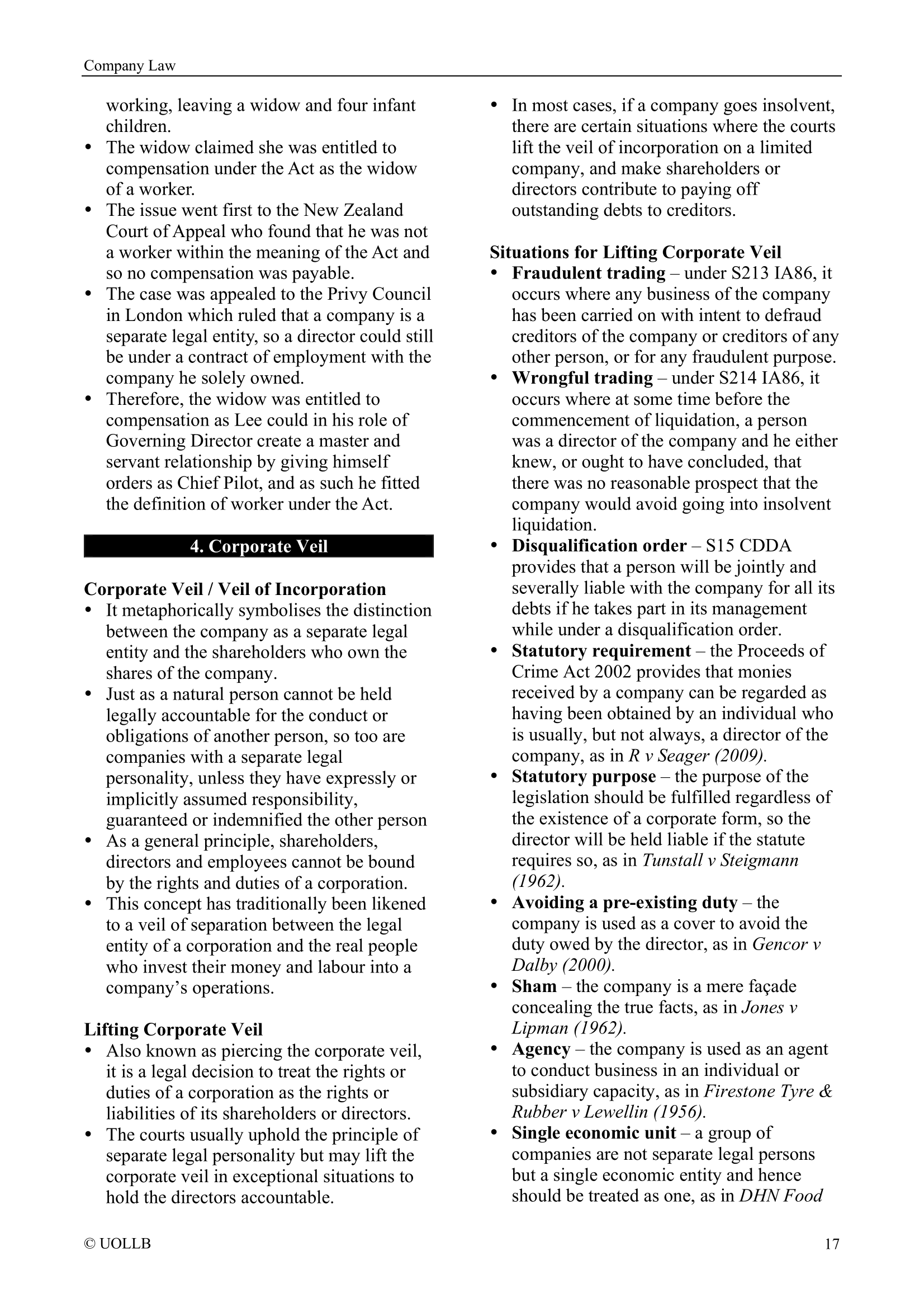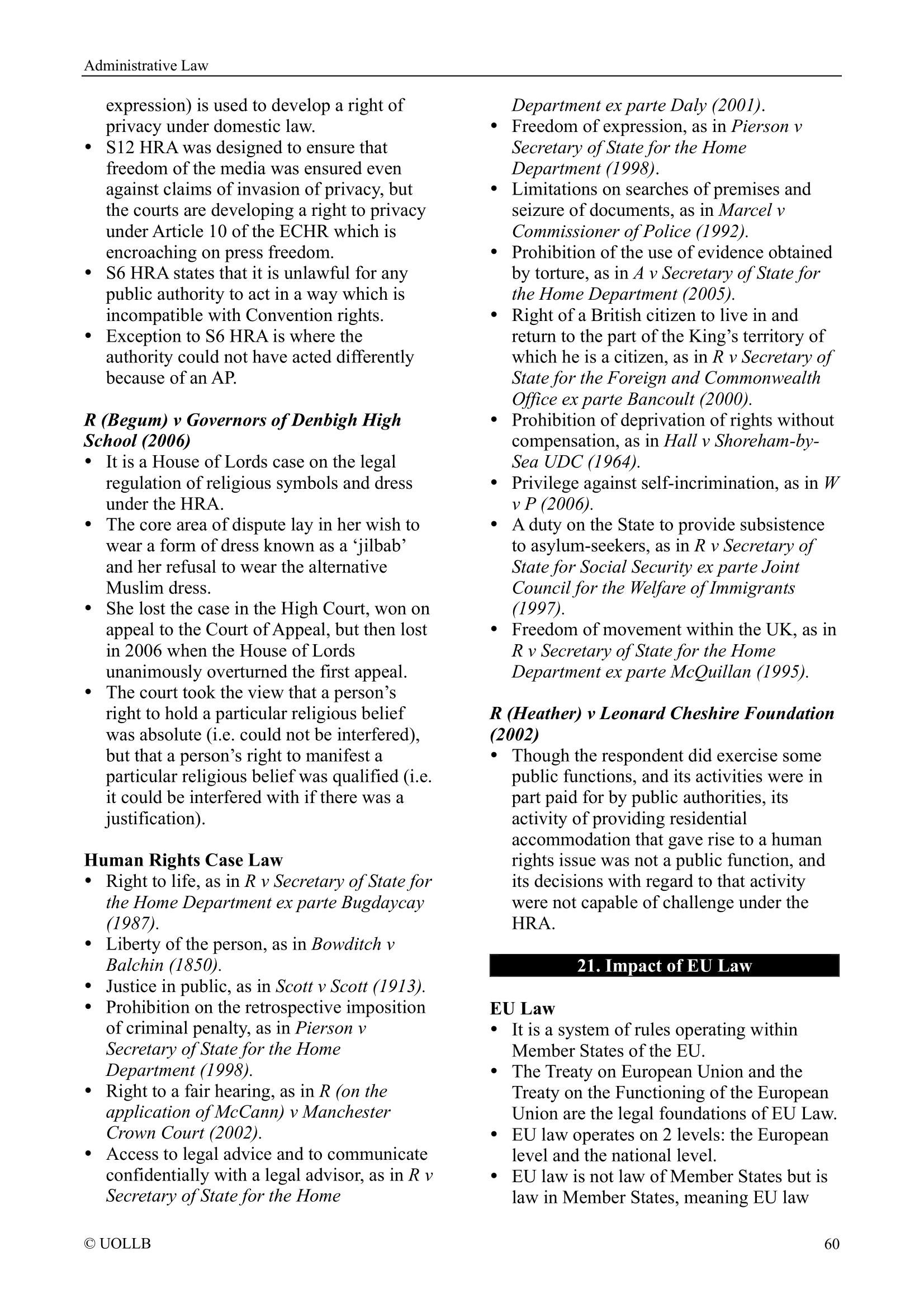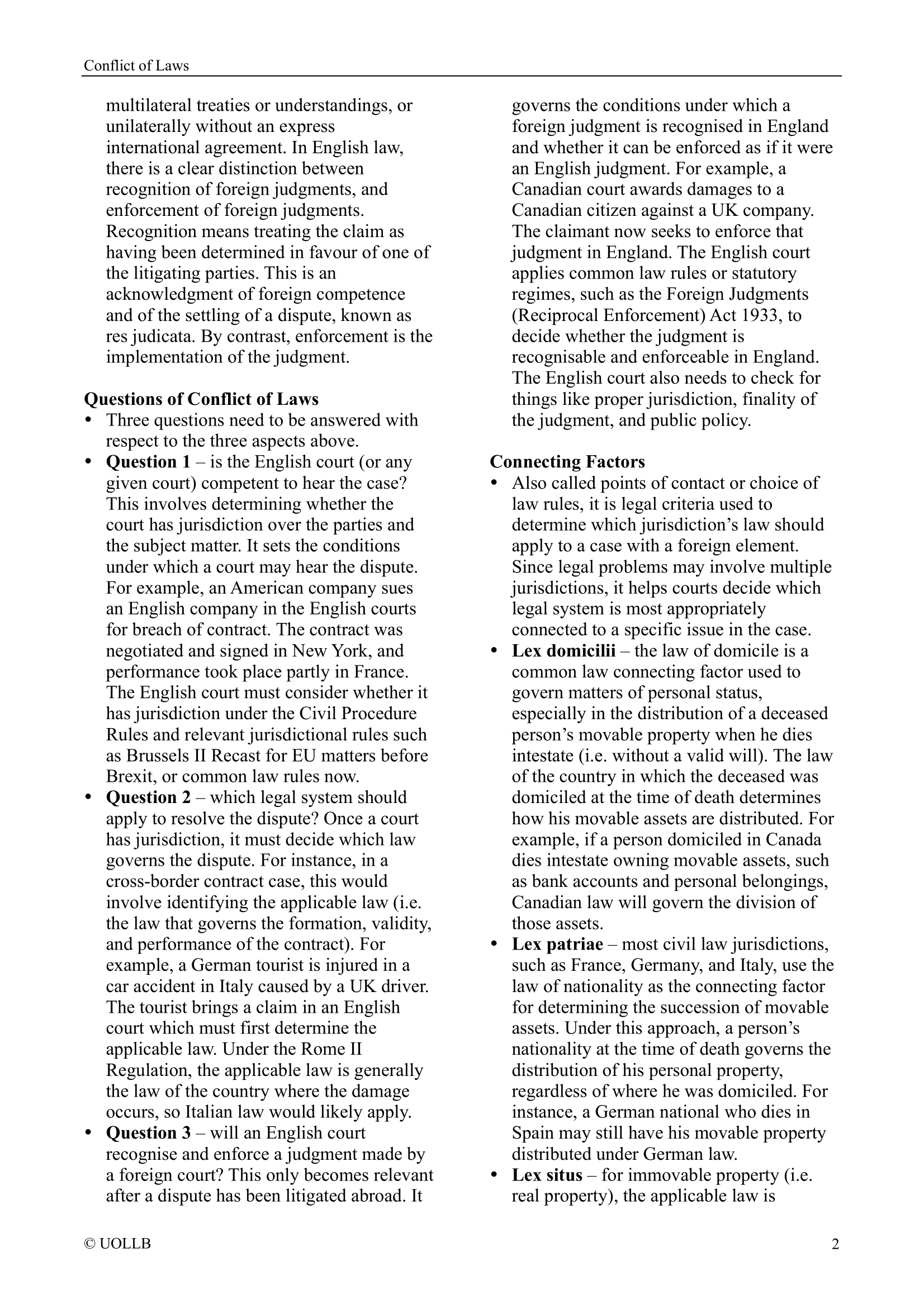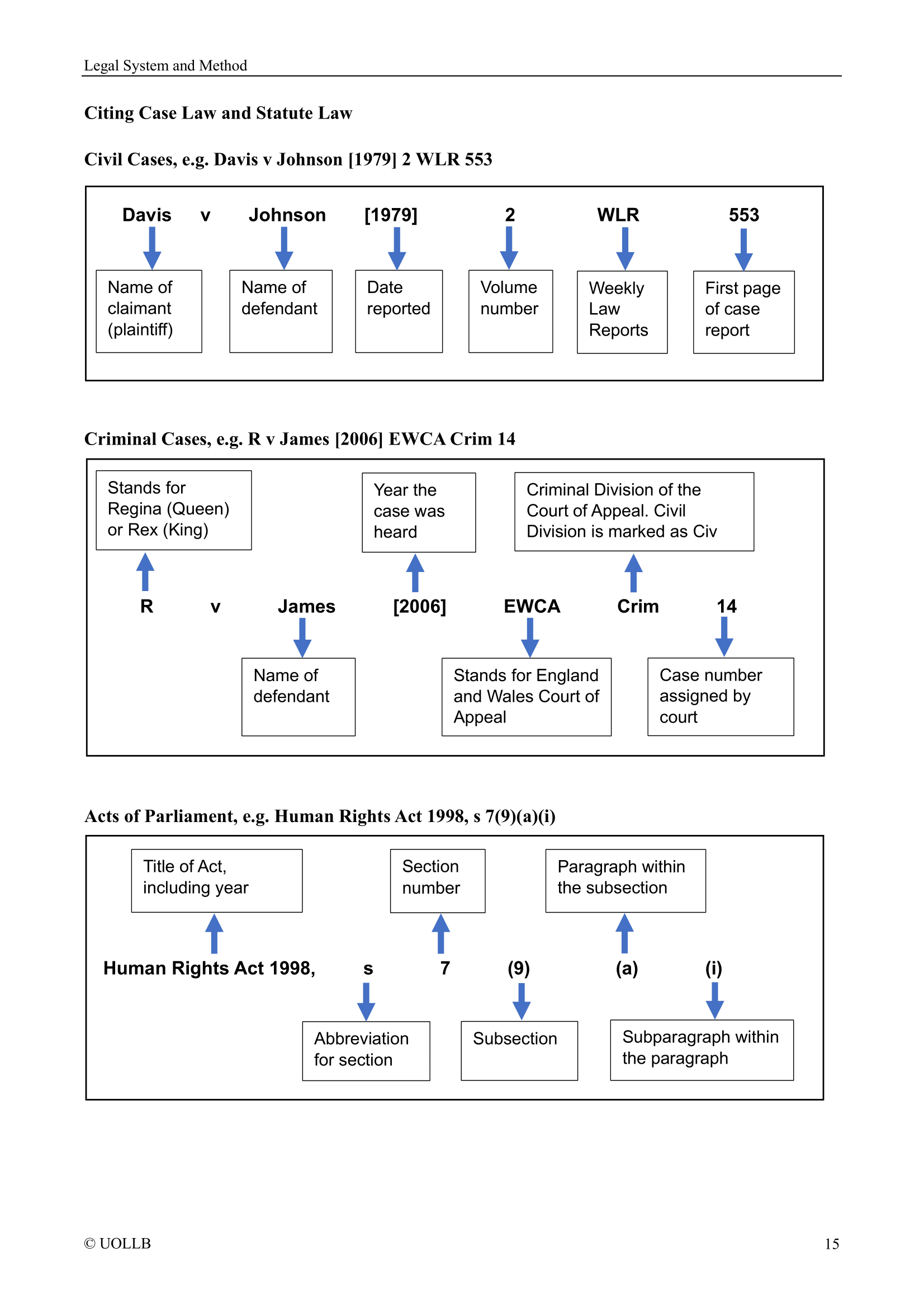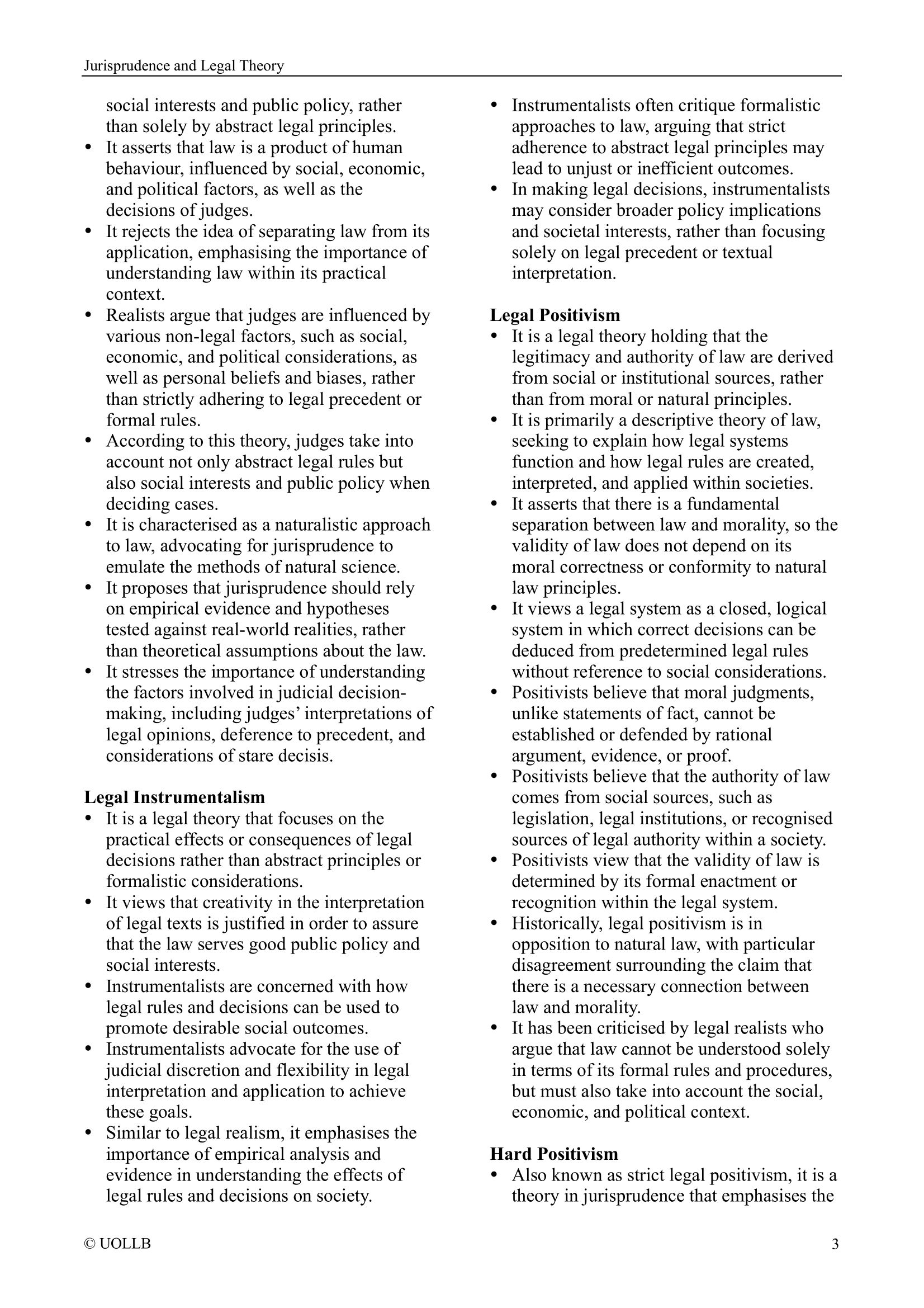Police and Criminal Evidence Act 1984
Share
The Police and Criminal Evidence Act 1984 (PACE) is a significant piece of legislation in the UK that governs police powers and procedures in England and Wales concerning the detention, interrogation, and treatment of individuals in police custody, as well as the conduct of searches, seizures, and the collection of evidence. PACE was introduced to strike a balance between the need for effective law enforcement and safeguarding the rights and liberties of individuals in police custody.
Detention and arrest under PACE: Under PACE, the detention and arrest of individuals are subject to clear guidelines and procedures. The Act provides law enforcement officers with the authority to detain and arrest individuals when specific conditions are met. Importantly, individuals who are detained possess certain rights. They must be promptly informed of the reason for their detention, and they have the right to legal representation. PACE mandates the provision of a Rights and Entitlements form to inform detainees of these rights.
Searches and regulations: PACE comprehensively regulates the conduct of searches, which are essential investigative tools for law enforcement. This includes provisions for the stop and search of individuals, as well as the search of premises (such as homes or businesses) and vehicles. Searches must be carried out based on specific grounds, which are often outlined in the legislation or relevant Codes of Practice issued under PACE. The Act stipulates precise procedures that must be followed during searches, including the requirement to create a detailed search record to document the process.
Interviews and questioning of detainees: When individuals are detained under PACE, the Act governs the manner in which interviews and questioning should be conducted. To ensure transparency and accountability, PACE emphasises the importance of recording interviews. There are also safeguards in place to prevent oppressive or unfair treatment of detainees, including limits on the duration of interviews. This ensures that the process is conducted fairly and that detainees' rights are upheld.
Identification procedures and their fair application: PACE allows for the utilisation of identification procedures to establish the identity of suspects. These procedures can encompass lineups, fingerprinting, or other methods. The Act ensures that these procedures are administered fairly, and individuals involved have certain rights during the process. This is crucial to maintain the integrity of evidence related to identification.
Admissibility of evidence and safeguards: PACE sets forth rules regarding the admissibility of evidence in criminal proceedings. It addresses the treatment of confessions, placing a strong emphasis on voluntariness. The Act establishes safeguards to prevent the use of evidence obtained through coercion, duress, or improper inducements. These safeguards are designed to protect individuals from being compelled to provide false or unreliable information.
Maintenance of custody records: In accordance with PACE, law enforcement agencies are required to maintain detailed custody records for individuals held in police custody. These records encompass critical information related to detention, searches, interviews, medical assessments, and other relevant details. Custody records serve as an essential tool for accountability and transparency within the criminal justice system.
Granting of bail: PACE provides specific criteria and procedures for granting bail to individuals held in police custody. It offers options for individuals to be released on bail, either with or without conditions, pending further investigations or court appearances. This aspect of PACE ensures that individuals' rights to liberty are upheld, provided that certain criteria are met.
Special provisions for terrorism cases: Recognising the unique challenges posed by terrorism investigations, PACE includes specific provisions governing the detention and questioning of individuals suspected of terrorism offences. These provisions reflect the need for heightened security measures while still maintaining fundamental legal principles and human rights.
The PACE is a crucial piece of legislation that plays a fundamental role in protecting the rights of individuals in police custody while enabling the police to carry out their duties effectively and within the boundaries of the law. It is an essential component of the criminal justice system in England and Wales.
Detention and arrest under PACE: Under PACE, the detention and arrest of individuals are subject to clear guidelines and procedures. The Act provides law enforcement officers with the authority to detain and arrest individuals when specific conditions are met. Importantly, individuals who are detained possess certain rights. They must be promptly informed of the reason for their detention, and they have the right to legal representation. PACE mandates the provision of a Rights and Entitlements form to inform detainees of these rights.
Searches and regulations: PACE comprehensively regulates the conduct of searches, which are essential investigative tools for law enforcement. This includes provisions for the stop and search of individuals, as well as the search of premises (such as homes or businesses) and vehicles. Searches must be carried out based on specific grounds, which are often outlined in the legislation or relevant Codes of Practice issued under PACE. The Act stipulates precise procedures that must be followed during searches, including the requirement to create a detailed search record to document the process.
Interviews and questioning of detainees: When individuals are detained under PACE, the Act governs the manner in which interviews and questioning should be conducted. To ensure transparency and accountability, PACE emphasises the importance of recording interviews. There are also safeguards in place to prevent oppressive or unfair treatment of detainees, including limits on the duration of interviews. This ensures that the process is conducted fairly and that detainees' rights are upheld.
Identification procedures and their fair application: PACE allows for the utilisation of identification procedures to establish the identity of suspects. These procedures can encompass lineups, fingerprinting, or other methods. The Act ensures that these procedures are administered fairly, and individuals involved have certain rights during the process. This is crucial to maintain the integrity of evidence related to identification.
Admissibility of evidence and safeguards: PACE sets forth rules regarding the admissibility of evidence in criminal proceedings. It addresses the treatment of confessions, placing a strong emphasis on voluntariness. The Act establishes safeguards to prevent the use of evidence obtained through coercion, duress, or improper inducements. These safeguards are designed to protect individuals from being compelled to provide false or unreliable information.
Maintenance of custody records: In accordance with PACE, law enforcement agencies are required to maintain detailed custody records for individuals held in police custody. These records encompass critical information related to detention, searches, interviews, medical assessments, and other relevant details. Custody records serve as an essential tool for accountability and transparency within the criminal justice system.
Granting of bail: PACE provides specific criteria and procedures for granting bail to individuals held in police custody. It offers options for individuals to be released on bail, either with or without conditions, pending further investigations or court appearances. This aspect of PACE ensures that individuals' rights to liberty are upheld, provided that certain criteria are met.
Special provisions for terrorism cases: Recognising the unique challenges posed by terrorism investigations, PACE includes specific provisions governing the detention and questioning of individuals suspected of terrorism offences. These provisions reflect the need for heightened security measures while still maintaining fundamental legal principles and human rights.
The PACE is a crucial piece of legislation that plays a fundamental role in protecting the rights of individuals in police custody while enabling the police to carry out their duties effectively and within the boundaries of the law. It is an essential component of the criminal justice system in England and Wales.
